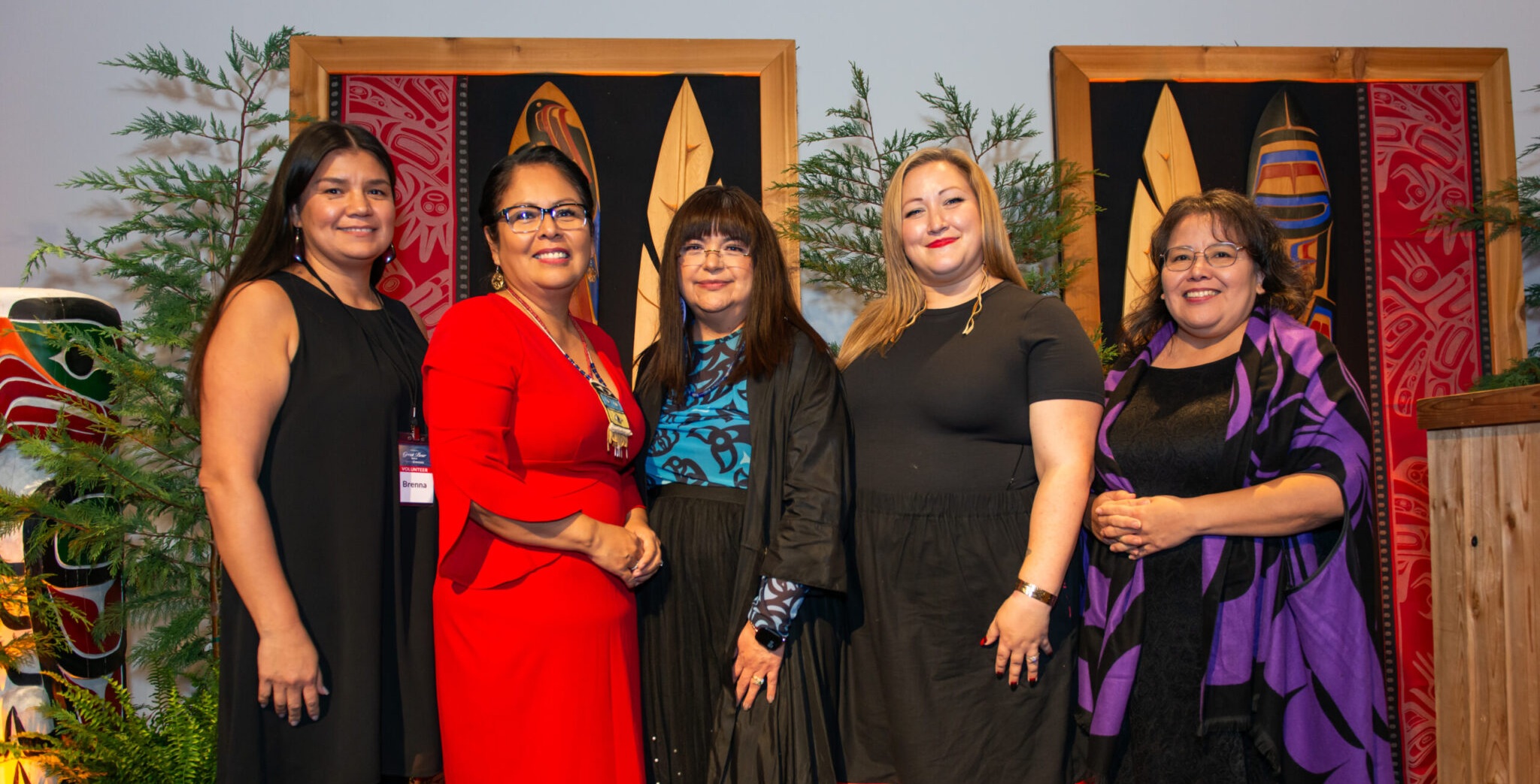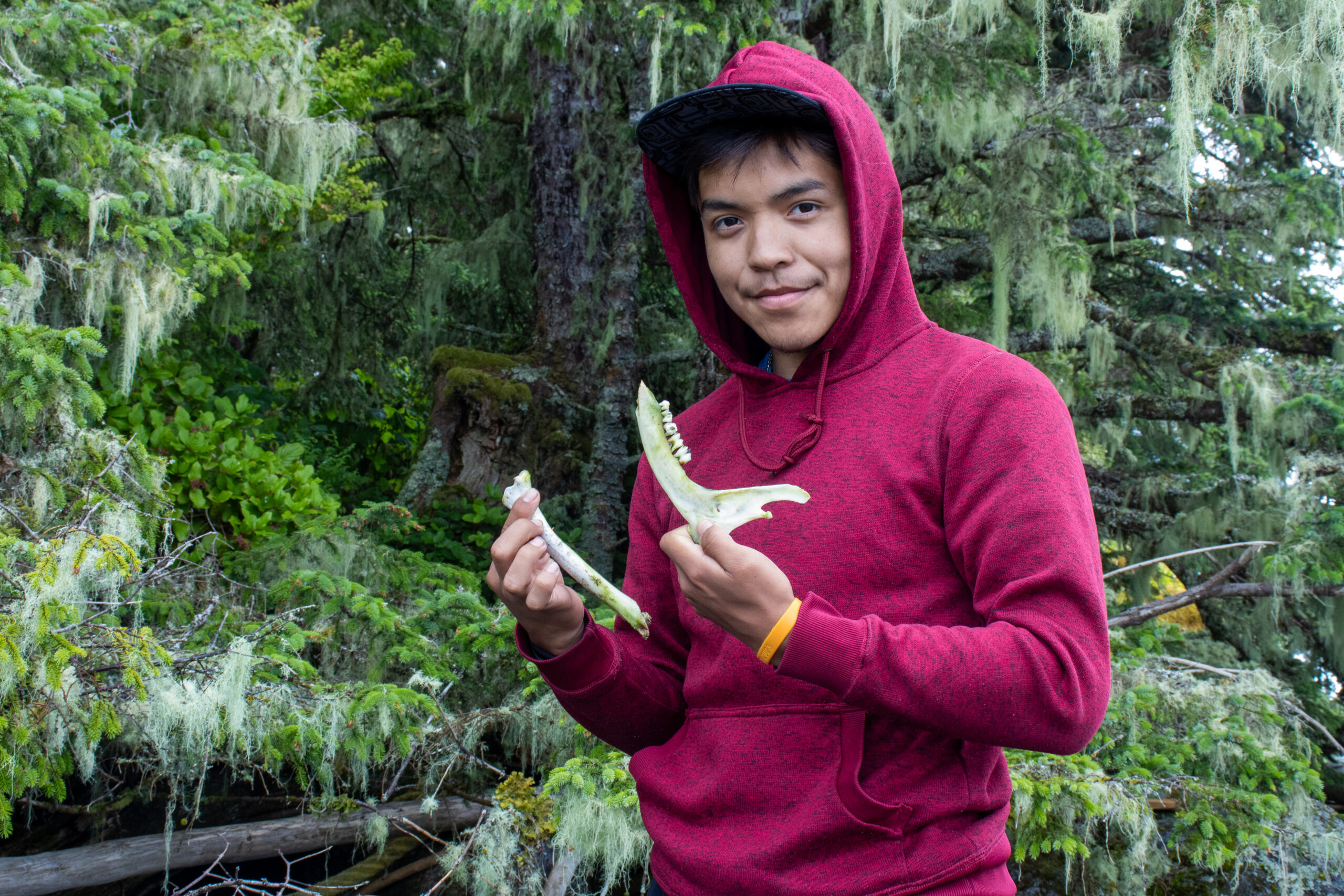In this article for the Vancouver Sun, CFN Executive Director Christine Smith-Martin says the Great Bear Rainforest agreements chart a new path forward in forestry management; one that will protect and steward ecosystems while revitalizing economies.
As the “War in the Woods” heats up again in British Columbia, it’s the same old story once again: Loggers and government versus environmentalists, jobs versus trees, now versus the future.
This tired theme plays out across Canada wherever natural resources are extracted for profit. It keeps us all bickering and losing sight of the big picture, both ecologically and economically.
It’s true that only a small fraction of original old-growth forest remains in many areas of B.C., and these areas contain much of the biodiversity, including threatened and endangered species, that we hope to preserve and help recover.
This isn’t uncommon knowledge; it’s understood by all those in decision-making positions — from knowledge keepers and scientists to government officials and forestry managers. The problem is that creating a new conservation-based economy is complicated and difficult, and in the short term a desire to maintain existing jobs and profits often wins out.
A new path forward is on display in the Great Bear Rainforest, where landmark agreements reached between First Nations in the North and Central Coast and Haida Gwaii and the provincial government, supported by forestry companies and environmental groups, have helped put three million hectares of coastal temperate rainforest off limits to logging. New forestry rules over the rest of the region ensure protection of important wildlife and aquatic habitats, while 70 per cent of old growth in each type of forest ecosystem will be maintained over time. The decision to protect and steward these ecosystems and habitats adds up to three million tonnes of carbon storage every year, and has made Coastal First Nations the biggest seller of forest-based carbon offsets in Canada.
Implementation of these agreements is an ongoing process, but it should be held high as a prime example of both ecological and socio-economic ideals being put to the test. Progress on some aspects has been slow — a reality for any comprehensive planning effort involving multiple governments and stakeholders — but legal and policy issues are being resolved.
The Great Bear Rainforest agreements are ground-breaking because they are based upon ecosystem-based management principles that aim to protect ecological and cultural areas while simultaneously striving to improve the cultural, social and economic well-being of local communities, both First Nation and non-First Nation. They also formalize a government-to-government relationship between First Nations and B.C., and recognize the need to create new economic opportunities. In short, the agreement brings high ideals into the realm of concrete actions and solutions.
Several goals must be met if we hope to chart this same sustainable path in forests across B.C. and beyond.
Most importantly, First Nations must be lead partners in managing the lands, waters and resources in our territories — not just because we hold inherent rights and title, but because we share a sense of stewardship and collective responsibility to care for our lands and waters.
Second, we need support in creating a new conservation-based economy, one that will bring long-term benefits and well-being to our communities. We need to establish livelihoods that maintain and restore ecological integrity. Carbon credits are one of many strategies that can help generate revenue and reinvestment in sustainability and stewardship.
Policy and financial support can help advance these new economic opportunities, such as cultural and eco-tourism, clean energy initiatives, sustainable fisheries and protected areas managed by Indigenous stewards, including the Coastal Guardian Watchmen. With the right mix of supporting government policy, a more community-based approach to commercial forestry, wood processing and manufacturing can maintain livelihoods while protecting old-growth and sensitive wildlife habitats and salmon streams.
Stewardship is embedded deeply within the rich cultural fabric of all coastal First Nations. It’s on display in the monuments and totems we carve using ancient red cedar and in the day-to-day teachings that our parents and elders impart to youth on how to hunt and fish, or read the signs of nature.
Our laws and traditions are based on a collective responsibility to care for the Earth, because we know it sustains us. If we want a sustainable future for our children and grandchildren, we need to create a conservation-based economic system. It’s the only path forward.
Christine Smith-Martin is the Executive Director of Coastal First Nations-Great Bear Initiative, and a member of the Haida Nation and Lax Kw’alaams community.


